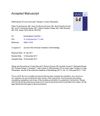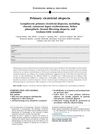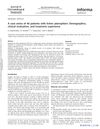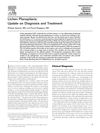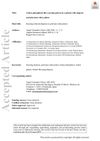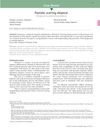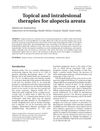Lichen Planopilaris and Low-Level Light Therapy: Four Case Reports and Review of the Literature About Low-Level Light Therapy and Lichenoid Dermatosis
February 2020
in “
Dermatology and therapy
”
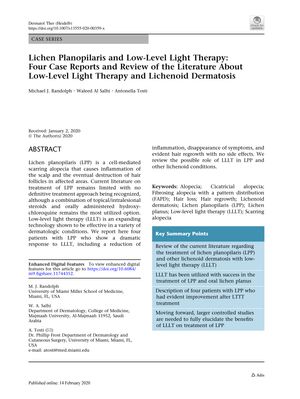
TLDR Low-Level Light Therapy significantly reduced inflammation and promoted hair regrowth in patients with Lichen planopilaris.
In 2020, a study was conducted on four female patients, aged between 28 and 65, suffering from Lichen planopilaris (LPP), a type of scarring alopecia. Despite previous systemic treatment, their LPP remained active. The study found that Low-Level Light Therapy (LLLT) significantly reduced inflammation, eliminated symptoms, and promoted hair regrowth without side effects. The LLLT treatment duration varied from 6 to 18 months, with daily use of the device. All patients showed improvement after 3 months. However, the study concluded that larger controlled studies are needed to fully understand the benefits of LLLT on LPP treatment.
